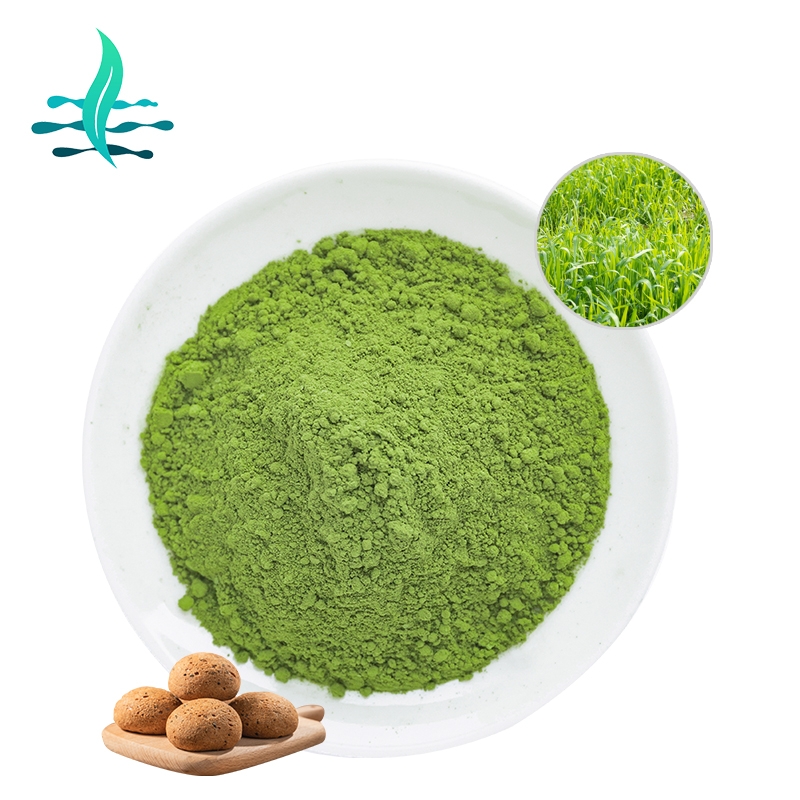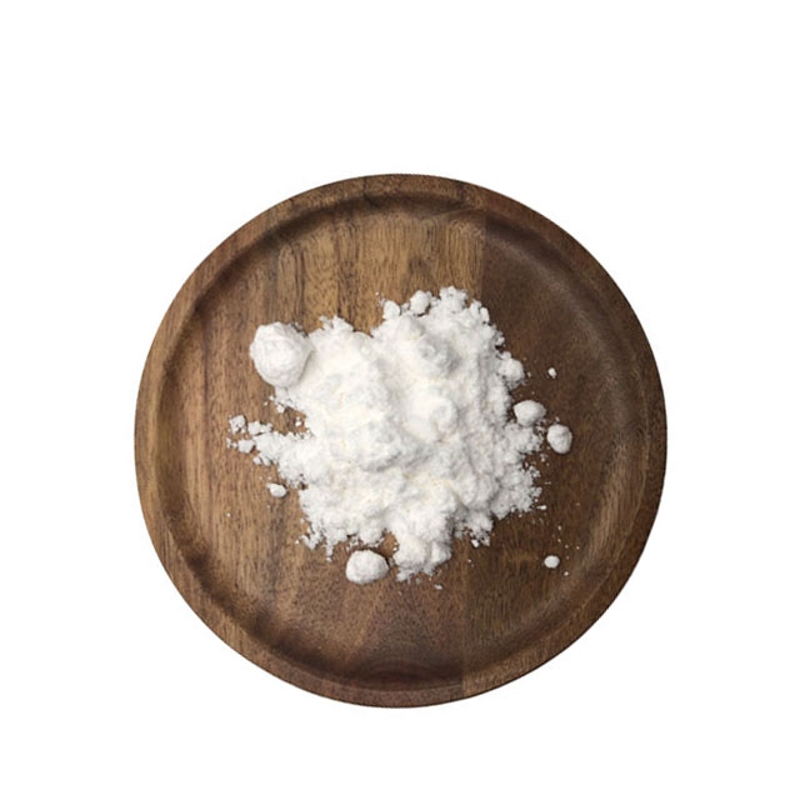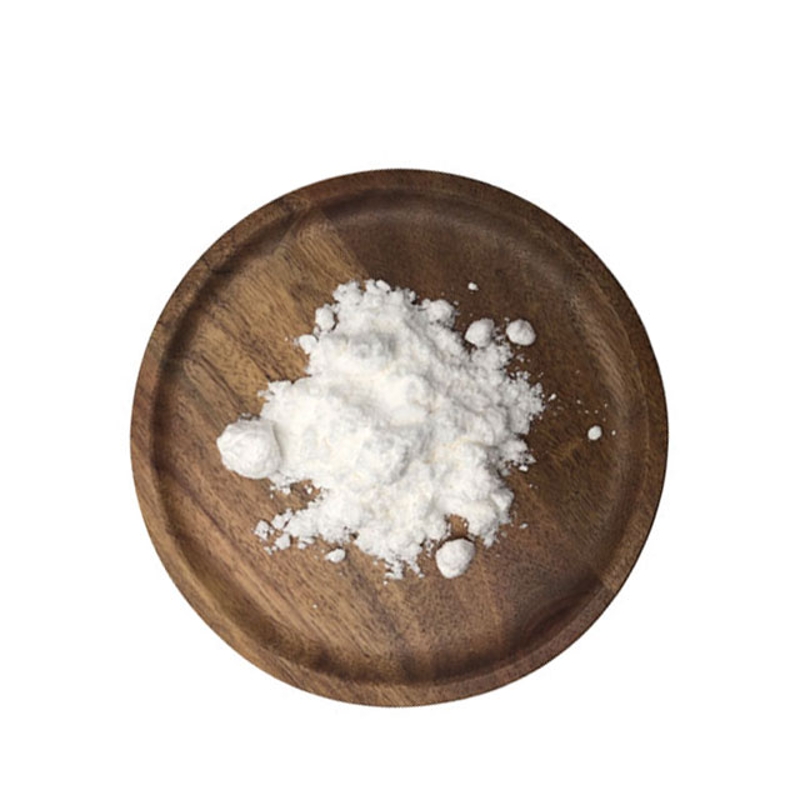The basic experimental operation series of photonsynical use is one: the influence of environmental factors on photomembering is observed by the leaf disc sembed method
-
Last Update: 2021-01-08
-
Source: Internet
-
Author: User
Search more information of high quality chemicals, good prices and reliable suppliers, visit
www.echemi.com
principle
the gas that excludes the gap between leaf meat cells by vacuum infiltration method is filled with a water solution, so that the leaf discs sink in the water. In the process of photocodying, the leaf disc absorbs CO-2 and releases oxygen, because oxygen dissolves very little in water and accumulates between cells and on the leaf surface, resulting in the original sunk leaf disc floating, according to the length of time required to rise, that is, to measure the strength of photocodying. Changing the CO-2 concentration, temperature and light strength of the measurement system can observe the effects of these factors on photocodym.
equipment and
reagents
equipment: luriometer,
thermometer
, puncher, syringe, small
beech
, light source,
stration
water bath, tweezers.
reagents: C02 saturated aqueous solution (blowing air for several minutes in about 100 ml of water with a glass tube, or pH7.0,50 mmol/L phosphate buffer containing 20mmol/L) NaHCO-3 (other buffer solutions are also available).
methods and steps
1. Take leaf fillets: from the test plants (cotton, beans, green vegetables, rape, castor, etc.) to choose strong, leaf age similar, thick and uniform blades, with a diameter of about 1cm puncher, avoid the leaf veins to lay leaves 60 (or more, easy to pick good).
2. Vacuum infiltration: Place the be laid leaf fillets in a large syringe (30-50 ml) and inject water. After removing the air from the syringe, block the injection hole with your fingers, pull the piston back, that is, cause negative pressure, drain the gas inside the leaf fillet, and then release the finger, the water enters the leaf
tissue
, so repeat several times, so that the leaf circle sinks. Pour the sunk leaf fillets together with the water into a small beo bowl and set aside in the dark.
3. Set treatment: take 100 ml of small beech 6, of which 2 each pour 20 ml of water (or pH7.050mmol/L phosphoric acid buffer), and 4 each plus 20mlC02 saturated water solution (or containing 20mmol/LNaHCO3pH7.050mmol/L phosphoric acid buffer). Then in 6 small beech each put 10 leaf fillets (leaves do not overlap between the blades), respectively, placed at different light strength and different temperatures, that is, set the following treatment (Table 10-1), in order to get different light strength, the beech can be placed at a different distance from the light source lamp (with a luminometer to measure the illumination there). For different temperatures small berries can be immersed in ice for low temperatures in summer and warm water in winter (the actual temperature is measured with a thermometer).
4. Observation and analysis: record the time required to float on each blade in each beech. Comparing the photomethy strength and weakness of each cup of leaf discs by the number of leaf discs floating or the average time required to float in a certain period of time, and analyzing the effects of light, temperature, C02 and other factors on photomelithy.
References
Editor-in-Chief of Shandong Agricultural College, Northwest Agricultural College, 1980, Experimental Guidance of Plant Physiology, Shandong Science and Technology Press, 84-87.
。
This article is an English version of an article which is originally in the Chinese language on echemi.com and is provided for information purposes only.
This website makes no representation or warranty of any kind, either expressed or implied, as to the accuracy, completeness ownership or reliability of
the article or any translations thereof. If you have any concerns or complaints relating to the article, please send an email, providing a detailed
description of the concern or complaint, to
service@echemi.com. A staff member will contact you within 5 working days. Once verified, infringing content
will be removed immediately.







